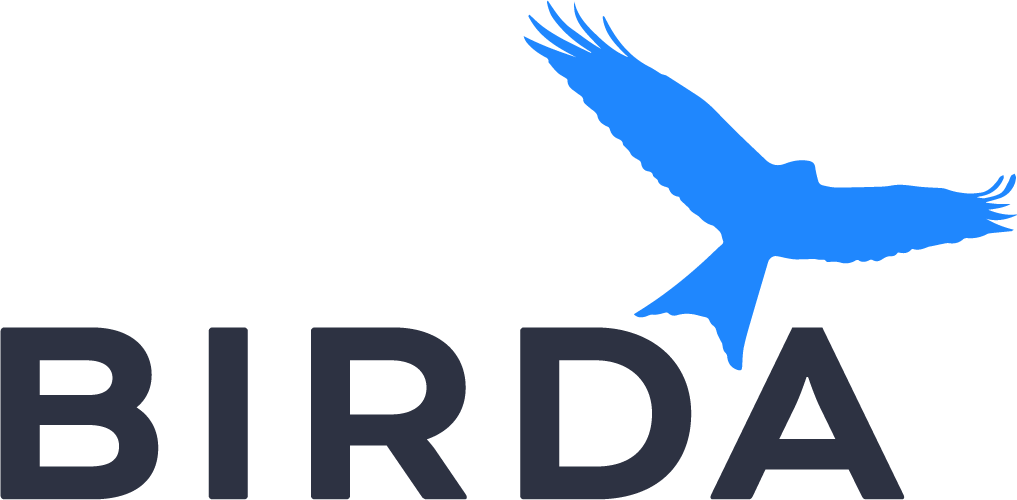
Thrush Nightingale
Luscinia luscinia
The Thrush Nightingale (Luscinia luscinia), also known as the sprosser, is a modestly attired bird, similar in stature to the European robin. It boasts a greyish-brown plumage above, with a paler, clouded underside. This bird lacks the rufous tail patches seen in its close relative, the Common Nightingale.
Identification Tips
Adults measure approximately 16 centimeters in length with an 18-centimeter wingspan. The upper parts are a dark brown with an olive hue, while the underparts are a mottled mix of pale buff and brown. The sexes appear similar, and juveniles are darker with more pronounced mottling.
Habitat
The Thrush Nightingale prefers damp deciduous woodlands, rich with alder and birch, and thrives in dense undergrowth near water sources.
Distribution
This migratory bird breeds in eastern Europe and parts of temperate Asia, with its range stretching from Denmark to the Altai region. It winters in Africa, south of the Sahara.
Behaviour
On the ground, the Thrush Nightingale forages for earthworms, spiders, and various insect larvae. It is known to build up fat reserves before its daunting migration across the Sahara, possibly stimulated by magnetic cues.
Song & Calls
The male's song is a robust symphony of whistles, trills, and clicks, featuring a flute-like "pioo" and a rasping "dserr." Its call, a sharp "whit," is higher pitched than that of the Common Nightingale.
Breeding
Nesting occurs on the ground amidst dense vegetation, often surrounded by nettles. The female constructs the nest and lays 4 to 6 milky-blue eggs, which both parents then tend to until the fledglings gain independence.
Similar Species
The Thrush Nightingale can be distinguished from the Common Nightingale by its greyer tones and absence of rufous tail patches.
Diet and Feeding
Its diet consists mainly of invertebrates, but it also consumes berries in the autumn. Before migration, the bird increases its body fat in response to magnetic fields simulating conditions near its migratory paths.
Conservation Status
With an estimated population of 15 to 41 million individuals worldwide, the Thrush Nightingale is classified as Least Concern by the IUCN, with a stable or slightly increasing population trend in Europe.











































































